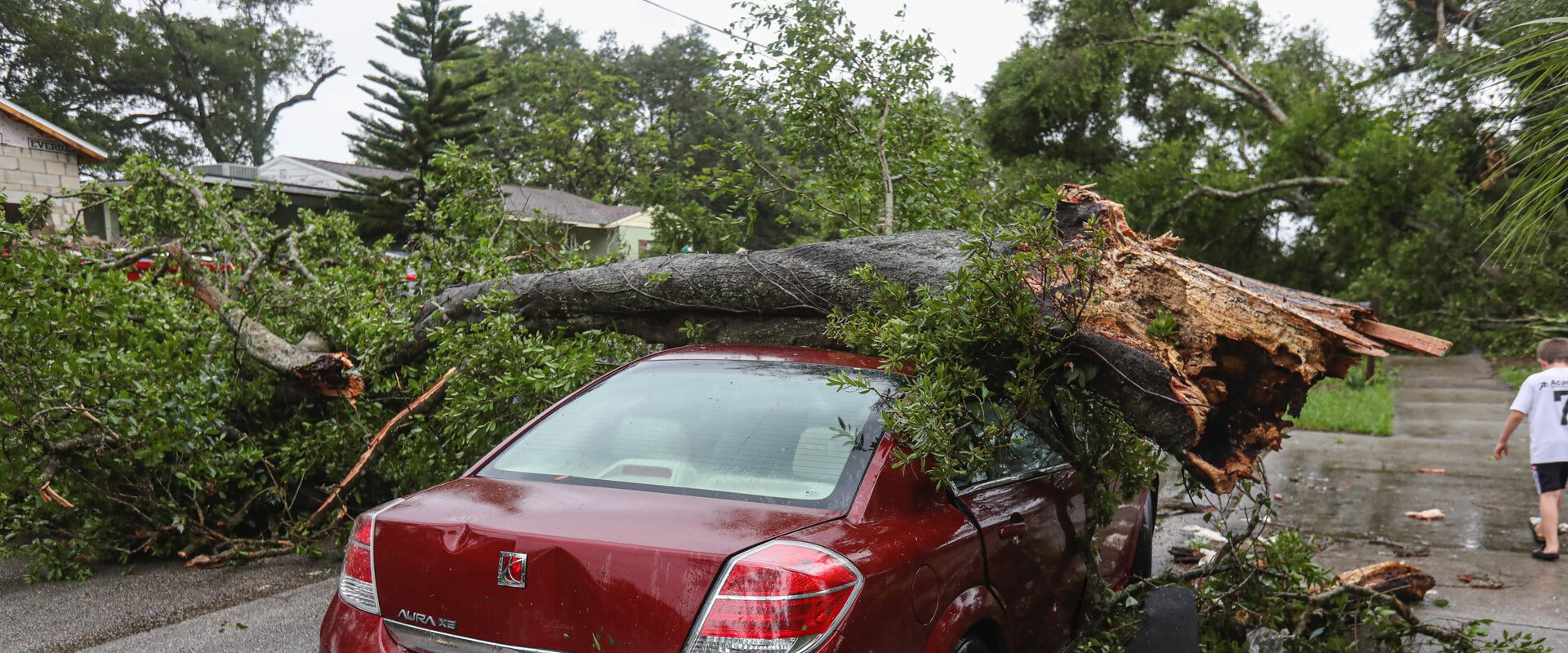Car that now needs to make use of its insurance

Claim processing for car insurances
Context
Claim processing is a standard process at car insurance companies. When a client encounters a damage at their car, a very cumbersome, mostly manual process is initiated. First, the client has to bring the car to a car repair shop where costs are estimated and pictures of the damage are taken. The cost estimation is then send to the insurance company and reviewed with respect to plausibility. This process might take several days to weeks, resulting in a disappointing or frustrating customer experience.
Challenges
Car insurance companies are looking into leaner processes while ensuring that fraudulent client behaviour is detected. For insurance types with smaller monetary claims such as a liability insurance, insurance companies already established so-called "black box processes" where no human interaction is necessary if the claim satisfies certain conditions such as claims below a certain EUR threshold. In car insurance, however, the claims are of significantly higher value. Moreover, car repair shops are an additional party involved which often results in additional response time delays.
Potential solution approaches
The client can be instructed to upload a number of smartphone images into a pre-defined procedure for processing claims that is part of a mobile app or user interface. As the images are now linked to the specific policy and car in the user account, it can be checked automatically if the images correspond to the specific car.
Moreover, the image's "metadata" provides information about the date and time the picture was taken. With a machine learning image forensics method called "error level analysis", post-processed or "photoshopped" images can be detected. After the fraud sanity checks are completed, the image can be analyzed with a convolution neural network to determine which parts of the car are damaged and how severe the damage is.
Consequently, it can be determined whether the exchange of the car part is economical and covered by the police. With these techniques and the support of a database of reasonable prices of car part exchanges, the machine learning algorithm can output a range of repair values that the insurance pays for the repair.
